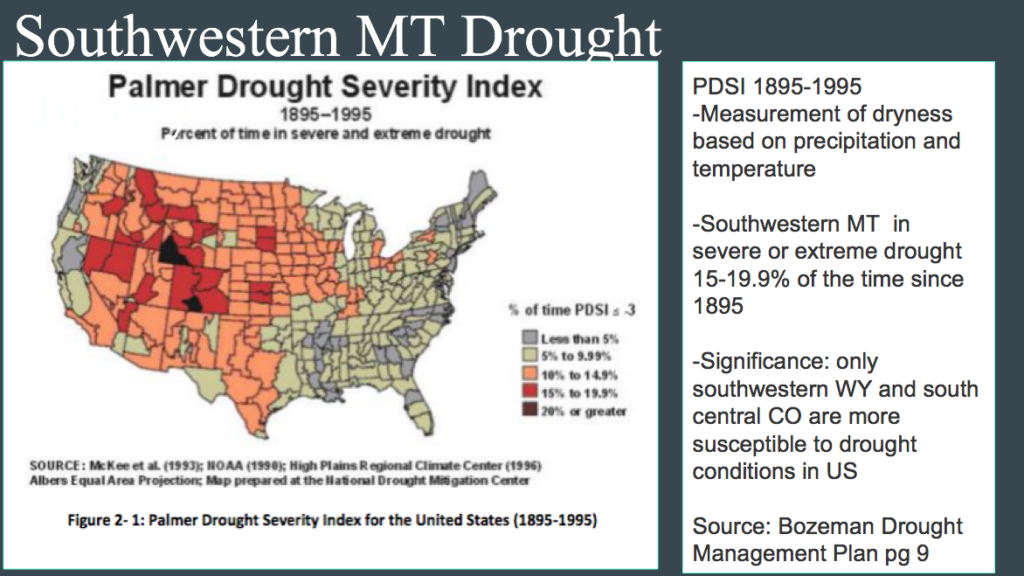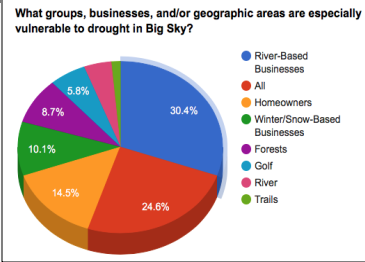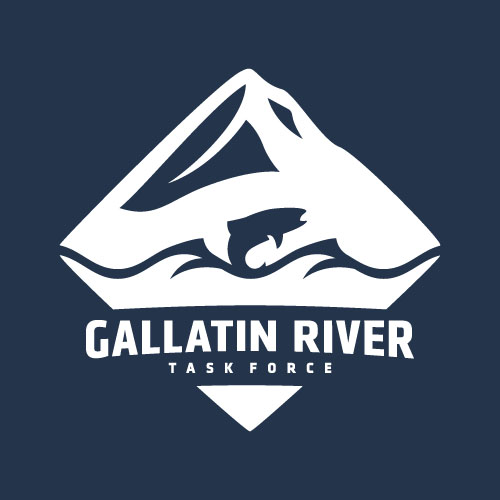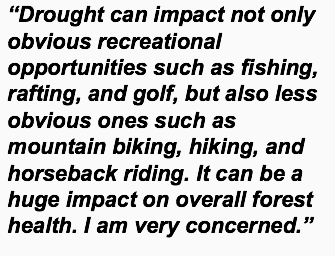BY EMILY CASEY, BIG SKY WATERSHED CORPS MEMBER
How would you prioritize drought risks like fire, fishing bans, and early resort closures in Big Sky? Join the discussion at the next Upper Gallatin Drought/Water Supply Focus Group meeting on May 24th.
Overview
The Upper Gallatin Drought/Water Supply Focus Group has been making steady progress to build drought resiliency as the Big Sky community and Upper Gallatin Watershed moves toward a future with more stress on water resources. The thirty-two focus group members represent various local water use sectors including residents, small business owners, recreation, conservation and watershed groups, developers, property managers, water managers, regional agencies, engineering firms, and university extension agents.
During the spring, the Gallatin River Task Force hosted two focus group meetings where participants discussed experiences of drought impacts since the 1970’s. The information was used to identify specific water supply threats within the context of rapid development, stress on water supply and availability, and climate change. Later this month, the Task Force will host a third meeting to prioritize vulnerabilities and risks discussed during the April meeting.

Historic streamflow and snow water equivalent data published in the Bozeman Drought Management Plan demonstrate that “prolonged and severe drought in the area is chronic”. Blue bars indicate years where snowpack and streamflow were above average while red bars show year where water supply was below average.
Meeting Highlights:
During the first informational meeting, the group used common drought monitoring tools, like the Palmer Drought Severity Index and long term snowpack data, results from the Drought Awareness Survey, and data from the Drought Impact Reporter as a framework to discuss drought impacts and experiences over four decades. The group focused on the impacts of fire, especially through the early 2000’s. Participants told stories of evacuation notices, moving all horses off their Big Sky property to safety, smoke-filled air, and informal town meetings to address fire concerns.

Palmer Drought Severity Index (1895-1995) published in the Bozeman Drought Management Plan showing that Southwestern Montana has had severe to extreme drought 15 – 19.9% of the time since 1895.
During the second meeting, the group used a new ecologically-based framework developed by the Science for Nature and People Partnership (SNAPP) to discuss how each characteristic of our watershed could potentially create a vulnerability to drought. Participants mentioned risks including: how snowpack drives water availability and timing and how that might change within the context of climate change; how rising temperatures in streams degrade trout habitat causing economic and recreational losses; how increased fire intensity, area burned, duration of fires, and more homes built in the urban wildland interface threaten property, impact air quality, and reduce habitat recovery; and how increased development in a closed basin may put our groundwater drinking supply at risk.

Results from the Drought Awareness Survey conducted by the Gallatin River Task Force showing that 30.4% of community members surveyed believe “river-based businesses” are most vulnerable to drought.
Looking Ahead:
By November, the group will compile a list of mitigation and response actions that the Big Sky community can implement to face threats to water supply and availability and build drought resilience. These set of actions will be unique to Big Sky and developed through Focus Group discussions and one-on-one interviews with background information provided by the Task Force.
Want to Get Involved?
Email Big Sky Watershed Corps Member, Emily Casey, at emily@gallatinrivertaskforce.org or join the conversation at our next focus group meeting on May 24th 10:30 – 12:00 PM in the Big Sky Chapel basement.


